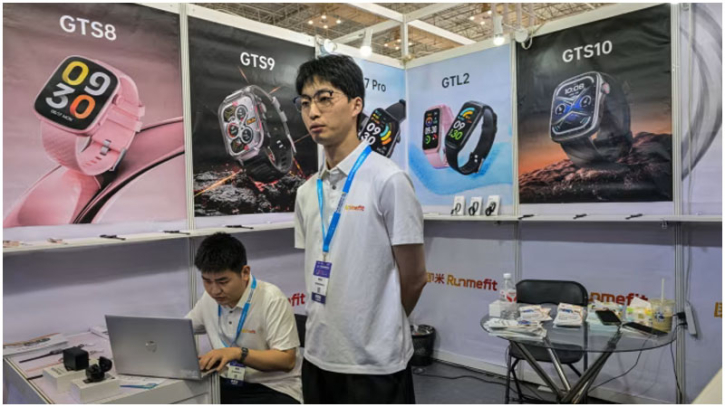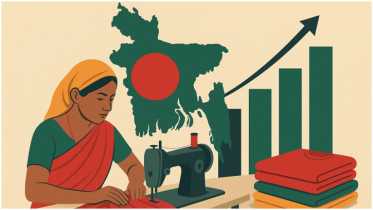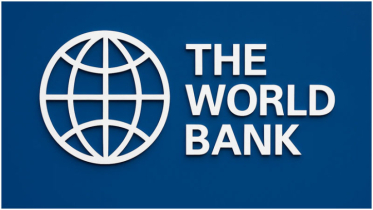Chinese factories shift focus amid rising US trade tensions

As trade tensions with the United States escalate, Chinese manufacturers are moving swiftly to diversify their export markets and reduce reliance on their largest trading partner.
Since U.S. President Donald Trump announced steep tariffs on Chinese goods in April, trade data shows Chinese exports to the U.S. have plummeted. However, shipments to other regions — especially Europe and Southeast Asia — have surged, partially offsetting the losses. In May, exports to Europe rose by 12% year-on-year, with Germany seeing a 22% increase. Southeast Asian exports grew by 15%.
Analysts believe that while Chinese exporters can’t fully replace U.S. demand, expanding into alternative markets could help keep exports a strong driver of China’s economy, which remains under pressure due to a real estate slump and sluggish domestic consumption.
“Domestic demand is weak, so China must push its goods elsewhere,” said Leah Fahy, an economist at Capital Economics. “This means other countries will see a wave of Chinese imports.”
This strategic shift is particularly visible in Zhejiang, China’s second-largest exporting province, where factory owners are actively pursuing new trade partners seen as more stable than the U.S. or tapping into China’s competitive domestic market.
“We’re eager to find European buyers,” said Xia Shukun of Shaoxing Sulong Outdoor Technology, a company previously focused on Asian and American markets. He noted growing interest from a Norwegian client as a promising sign.
U.S. tariffs on Chinese goods now average over 50%, and fears of a further clampdown if Trump returns to office are pushing more companies to explore other markets. Zhejiang-based firms are pivoting quickly, with many now eyeing Europe, the Middle East, and Southeast Asia.
Chen Zebin, who manages Shaoxing Shangyu Lihua Electronic Technology, said the U.S. once accounted for 60% of their nail lamp exports. That share has now dropped to 30%, pushing the firm to increase domestic sales — even though profits are slimmer.
“The U.S. market just isn’t viable anymore,” Chen said. His company is now experimenting with ecommerce platforms like Temu and exploring new markets in Europe and the Middle East.
Doris Xia, a manager at tool maker Kimo, echoed this sentiment. After a lackluster response at a Las Vegas trade show in March, Xia said the company is prioritizing expansion into Europe, Russia, and Southeast Asia. “No one even came to our booth,” she said.
The European Union, China’s second-largest export destination after the U.S., is closely monitoring the surge in Chinese imports. The EU’s latest surveillance report highlights sharp increases in goods from China, ranging from musical instruments to industrial robots.
European Commission President Ursula von der Leyen recently called it a “new China shock.” Speaking at the G7 summit in Canada, she warned that Beijing is flooding global markets with excess production it can’t sell at home.
Factories with limited exposure to the U.S. are severing ties altogether. “They want long-term stability,” said Pencil Chu, who works with exporters through Alibaba. “Europe is becoming the main focus.”
Yet the pivot isn’t without challenges. Ewing Tourism Products, a Zhejiang-based beach umbrella maker, now faces intense price competition as U.S.-oriented rivals flood the European market. “European buyers are overwhelmed with options,” said founder Vera Wu. “It’s the hardest year we’ve had.”
With Zhejiang’s annual exports reaching \$550 billion, the province is stepping in to support its 100,000 manufacturers. Officials are funding overseas trade fair attendance, launching foreign language training programs, and increasing subsidies for export credit insurance.
In Cixi, a city dubbed China’s “home of bearings,” the shift away from the U.S. is evident. Some factories shut down after Trump’s first round of tariffs. Bearing exports to the U.S. have dropped 25% since 2017. But many producers have rebounded by finding buyers in Southeast Asia.
Wang, a manager at one such factory, said that while he once closely followed U.S.-China trade developments, he’s no longer worried. “The writing was on the wall,” he said. “Now our bearings are going to Indonesia and the Philippines. I’m not even paying attention to the U.S. anymore.”
.png)




